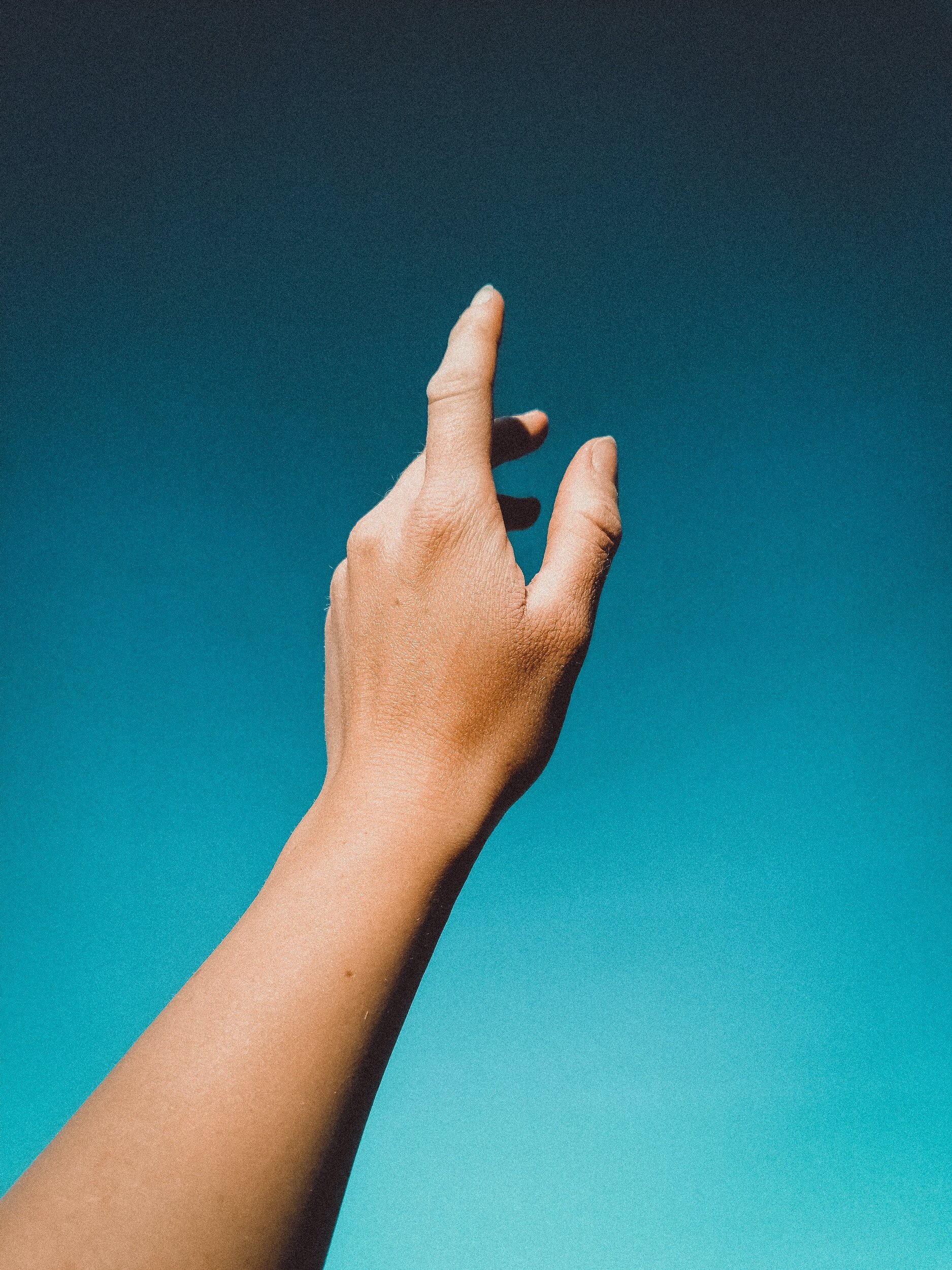What is "Poaching" in Pickleball and When Should You Try It?
Poaching is a term you are likely familiar with if you have played doubles in tennis. However, it may be a new concept if you have not played racquet sports.
What is Poaching in Pickleball?
Poaching is a pickleball strategy that can happen during doubles matches. It is when one pickleball player on a team crosses into their partner’s side of the court. The poacher takes all of the shots on the pickleball court for a short time, taking away their partner’s shots. This usually results in a put away shot or speed up, which results in added pressure on a player’s opponents.
This video from the Pickleball Guy explains poaching and demonstrates it in action:
When Does Poaching Happen in Pickleball?
Poaching usually occurs in doubles pickleball when both players are at the kitchen line, although it can happen following a pickleball serve return or during a rally. The point of it is to surprise your opponent while trying to end the point.
Is Poaching Considered an Aggressive Move?
Poaching is considered an aggressive move. While poaching is a good strategy to mix things up in a game, it is best used in advanced levels. It’s uncommon to see it employed at lower levels or in recreational play, even when there is a difference in skill levels on a team. This is because you don't want to take your partner's ball even if you are the better player. It takes practice for players to evolve, and poaching robs them of the opportunity to learn.
Is Poaching Considered Bad Form in Pickleball?
Poaching is not considered bad form unless an advanced player crosses over the centerline to poach shots away from a beginner player without their permission. This wouldn’t be considered sportsmanlike behavior.
Is Pickleball Poaching an Effective Strategy?
Poaching can be an effective strategy, especially in situations where you are in front of your partner. Here are a few pickleball tips for how to poach effectively:
#1) Make sure to communicate with your partner ahead of time. This means you should both agree on the strategy before the game.
#2) Poach when your partner is behind you and you have a forehand. If my partner is pinned in the back of the court, then it’s advantageous to poach as a pickleball doubles game is rarely ever won from the baseline.
#3) Move right before your opponent hits the ball. You won't have time to poach if you move after your competition strikes the ball. Of course, your opponent may see this and try to lob a shot behind you.
#4) Be in the ready position for an effective poach. Do not attempt to poach if you aren’t ready for the next shot. Switch sides with your partner if necessary to ensure a clean dink or 3rd shot.
#5) Wait for a high shot from your opponent, and poach from your forehand. Unless you have a killer backhand slice, be sure to only poach when you have the forehand advantage and an open shot. The best types of shots are balls that are hit high and hang in the air. It’s difficult to poach a low shot like a dink.
Is Poaching Risky in Pickleball?
Players take a risk by poaching, but the rewards can be worth it, particularly if you catch your opponent off guard. The main risk is lob shots hit behind you if your partner is not in the backcourt to return them.
Should Players Poach in Pickleball?
If the situation presents itself and both partners have agreed to allow poaching, there’s nothing wrong with poaching in pickleball. Of course, it shouldn’t be done all the time because you don’t want to be predictable. Poach the ball strategically and when your opponents aren’t expecting it for the best results.
Do you practice poaching with your partner, and has it been effective? Share your thoughts in the comment section below!






